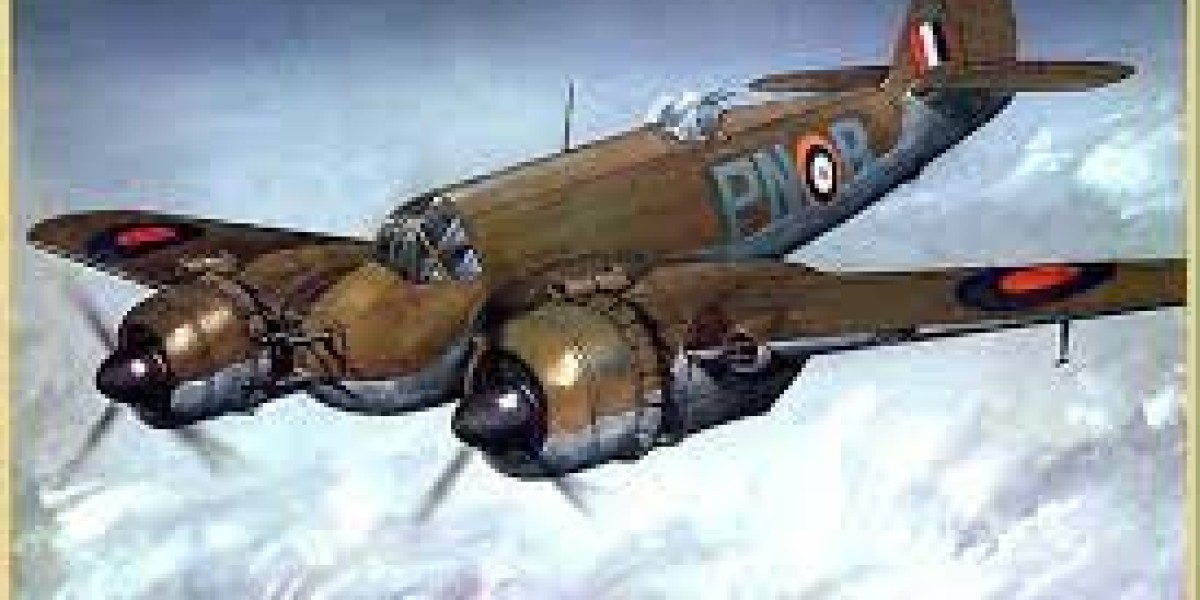Naval aviation has played a crucial role in modern military operations, and one aircraft that left an indelible mark on this history is the F-14 Tomcat. Known simply as the "Tomcat," this iconic plane served as a cornerstone of naval airpower for several decades. While the Tomcat plane may no longer grace the decks of aircraft carriers, its impact on the evolution of naval aviation will be remembered for generations to come.
The Birth of the Tomcat
Development and Design
The story of the F-14 Tomcat begins in the late 1960s when the United States Navy sought a successor to the F-4 Phantom II. Grumman Aircraft Engineering Corporation won the contract with their innovative design, which featured a swing-wing configuration and powerful engines. The Tomcat's variable-sweep wings allowed it to excel in both supersonic and subsonic flight, making it a versatile platform for naval operations.
Role and Capabilities
The Tomcat was primarily designed as an air superiority fighter, tasked with protecting carrier battle groups from enemy aircraft. Its advanced radar and AIM-54 Phoenix missiles gave it the ability to engage multiple targets at long ranges, making it a formidable adversary in aerial combat. Additionally, it could carry a mix of air-to-ground ordnance, expanding its mission capabilities to include strike missions.
Operational History
Cold War Era
The F-14 Tomcat made its debut in the early 1970s and quickly became a symbol of American naval power during the Cold War. It played a critical role in deterring potential adversaries and maintaining the security of U.S. carrier fleets. Tomcat squadrons patrolled the skies, ready to intercept and engage any hostile aircraft.
Gulf War and Beyond
The Tomcat saw combat during Operation Desert Storm in 1991, where it demonstrated its versatility by participating in both air superiority and strike missions. Its ability to loiter for extended periods and carry precision-guided munitions made it a valuable asset in the conflict.
Technological Advancements
Upgrades and Modernization
Over its service life, the F-14 underwent several upgrades to keep it relevant in an ever-changing threat environment. These updates improved its avionics, radar systems, and overall performance, ensuring it remained a formidable presence in naval aviation.
Legacy and Retirement
End of an Era
Despite its storied history, the F-14 Tomcat was retired from active service in 2006. It marked the end of an era for naval aviation, as the Navy transitioned to the F/A-18E/F Super Hornet as its primary carrier-based fighter.
Conclusion
The F-14 Tomcat remains an iconic symbol of naval aviation, serving as a testament to the ingenuity and dedication of those who designed, maintained, and flew this remarkable aircraft. Its contributions to air superiority and strike missions during its operational years are etched in history, and its legacy continues to influence the design and development of future naval aircraft.








